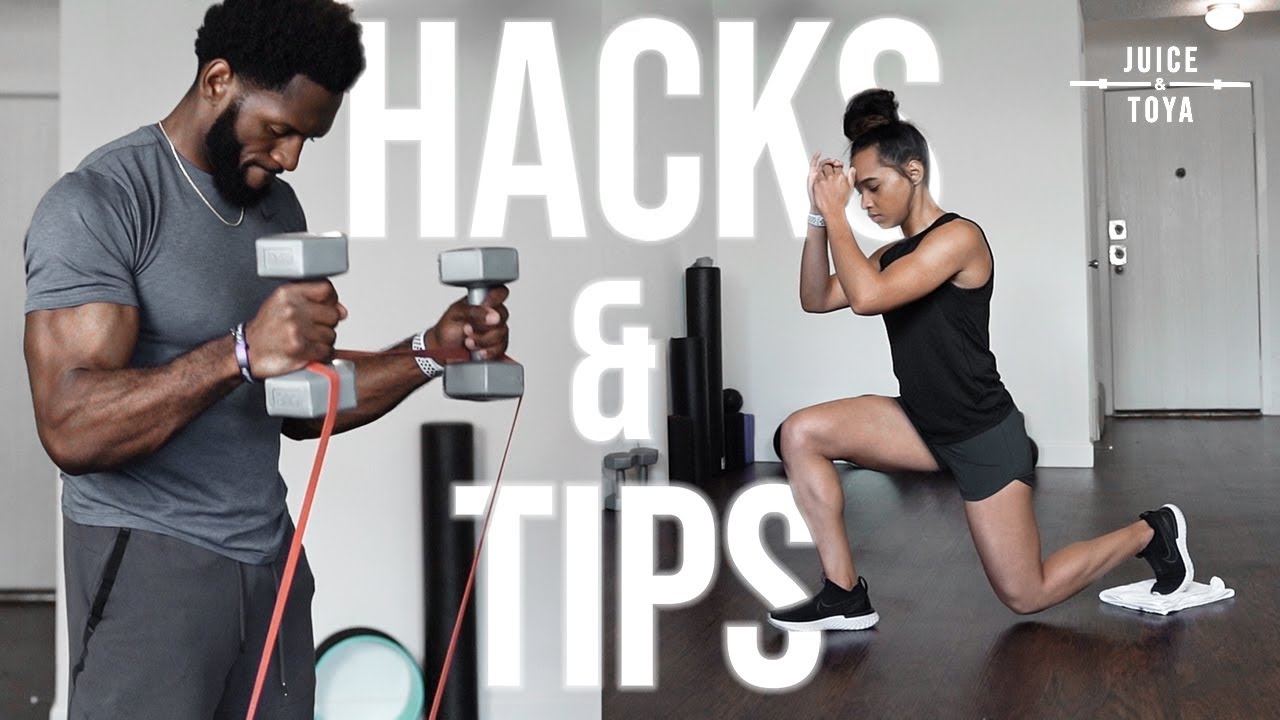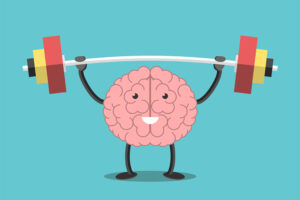Introduction
In today’s fast-paced world, maintaining a healthy lifestyle has become more important than ever. Regular exercise, fitness, and working out play a crucial role in achieving overall well-being. Whether you’re a beginner or an experienced fitness enthusiast, incorporating some hacks and tips into your routine can make a significant difference in reaching your goals. This article will provide you with valuable insights and practical advice to enhance your exercise experience.
Setting Goals
Setting clear goals is the first step towards a successful fitness journey. It helps provide direction and keeps you motivated throughout the process. When setting goals, consider both short-term and long-term objectives.
Short-term Goals
Short-term goals are milestones that can be achieved within a few weeks or months. They keep you motivated and give you a sense of accomplishment along the way. Examples of short-term goals include running a certain distance, increasing weightlifting repetitions, or improving flexibility.
Long-term Goals
Long-term goals focus on the bigger picture and are typically achieved over several months or years. These goals define your ultimate fitness aspirations, such as completing a marathon, building muscle mass, or maintaining a healthy body weight.
Creating a Workout Routine
To maximize the benefits of exercise, it’s important to establish a well-rounded workout routine that includes a combination of cardiovascular and strength training exercises. Here are some key points to consider:
Balancing Cardiovascular and Strength Training
Incorporating both cardiovascular exercises and strength training is essential for overall fitness. Cardio exercises, such as running, swimming, or cycling, help improve heart health and burn calories. Strength training exercises, such as weightlifting or bodyweight exercises, build muscle strength and increase metabolism.
Incorporating Different Types of Exercises
Varying your workout routine is not only more enjoyable but also prevents plateauing and reduces the risk of overuse injuries. Include a mix of exercises, such as aerobic activities, resistance training, flexibility exercises, and balance training, to target different muscle groups and improve overall fitness.
Scheduling Workouts
Consistency is key when it comes to exercise. Schedule your workouts in advance and treat them as important appointments. Find a time that works best for you, whether it’s early morning, during lunch breaks, or in the evenings, and stick to your schedule as much as possible.
Staying Motivated
Maintaining motivation can be challenging at times, but with the right strategies, you can stay on track and achieve your fitness goals.
Finding an Accountability Partner
Having someone to exercise with can make the process more enjoyable and help you stay accountable. Partnering up with a friend, family member, or joining group fitness classes provides support, motivation, and healthy competition.
Tracking Progress
Tracking your progress allows you to see how far you’ve come and serves as a source of motivation. Keep a workout journal, use fitness apps, or invest in wearable devices that monitor your activity levels, heart rate, and calories burned. Celebrate milestones and acknowledge your achievements along the way.
Trying New Workouts and Activities
Injecting variety into your routine helps combat boredom and challenges your body in different ways. Explore new workout classes, outdoor activities, or sports to keep your exercise regime fresh and exciting.
Nutrition and Hydration
A balanced diet and proper hydration are crucial for fueling your body and optimizing exercise performance.
Eating a Balanced Diet
Focus on consuming a variety of nutrient-dense foods, including lean proteins, whole grains, fruits, vegetables, and healthy fats. Fuel your body before and after workouts with appropriate pre- and post-workout snacks to support energy levels and muscle recovery.
Fueling Before and After Workouts
Eating a small meal or snack that combines carbohydrates and protein before a workout provides energy and prevents muscle breakdown. After exercise, replenish your body with a combination of protein and carbohydrates to aid in muscle repair and recovery.
Staying Hydrated
Hydration is vital for optimal physical performance. Drink water before, during, and after workouts to maintain proper hydration levels. Listen to your body’s signals and drink when you feel thirsty.
Avoiding Common Pitfalls
To ensure a safe and effective fitness journey, it’s important to be aware of common pitfalls and take necessary precautions.
Overtraining and Injury Prevention
Pushing your limits is beneficial, but overtraining can lead to burnout, decreased performance, and injuries. Allow for adequate rest and recovery days in your routine. Listen to your body, and if you experience pain or discomfort, seek professional advice.
Listening to Your Body
Pay attention to how your body responds to different exercises and intensities. Adjust your workouts accordingly and avoid pushing yourself beyond your limits. Rest when needed and seek medical advice if you encounter persistent pain or unusual symptoms.
Rest and Recovery
Rest and recovery are integral parts of any fitness program. Make sure to incorporate rest days into your routine to allow your body to repair and rebuild. Get enough sleep, practice relaxation techniques, and consider activities like yoga or stretching to promote recovery.
Incorporating Fitness into Daily Life
Beyond scheduled workouts, there are numerous ways to incorporate physical activity into your daily routine.
Active Transportation
Opt for active transportation methods whenever possible, such as walking or cycling instead of driving. Take the stairs instead of the elevator or escalator. These small changes accumulate and contribute to a more active lifestyle.
Desk Exercises
If you have a sedentary job, take frequent breaks to stretch and move around. Incorporate desk exercises, such as leg raises, shoulder rolls, or seated twists, to counteract the effects of prolonged sitting.
Taking Active Breaks
During breaks or downtime, engage in short bursts of physical activity. Whether it’s a brisk walk, a quick set of push-ups or squats, or a few minutes of stretching, these mini-workouts can boost energy levels and productivity.
Conclusion
Achieving exercise, fitness, and working out goals requires dedication, planning, and perseverance. By setting clear goals, creating a balanced workout routine, staying motivated, focusing on nutrition and hydration, avoiding common pitfalls, and incorporating fitness into daily life, you can make significant progress towards a healthier and fitter you. Remember to listen to your body, be consistent, and enjoy the journey.








